War in the East 2 – First Look
by David Garvin
Sometime back in the mid 1980s, I went to my friend Stephen’s house for the weekend. He was one of the first people who had a personal computer. On it he had a game called War in Russia. It covered the Eastern Front in its entirety, and between the two of us, we spent hours on it, using its now quite-dated graphics. We were not strangers to games on this level; however, the designer, Gary Grigsby, found a way to have the battles resolved down to the lowest levels.
High Tech graphics for the mid 1980s.For the two of us, this was quite impressive and allowed for a complexity not at all possible using cardboard counters and dice.
By the mid 1990s, I had myself invested in a person computer and one of the first games I purchased was “Gary Grigsby’s War in Russia”.
This game was essentially an evolution of his earlier work and this time the graphics had also evolved to look a bit more modern. The beauty, however, remained that the battles were resolved down to the individual squad and vehicle level.
The interface was a bit more intuitive; however, any serious player had to seriously plan ahead their moves. As an example, if a player wanted to have a multi-divisional assault on a defending enemy, then you better make sure you time their moves correctly or else that infantry attack may go in unsupported! As of 2021, I still have a copy of this game on my legacy lap top and I will play it from time to time.
Moving forward into the 21st Century, I have had the absolute honor to have a first look at Gary Grigsby’s latest game in this series: “”. Being a typical gamer, I went straight into a scenario and soon found myself a bit humbled. The interface is complex and there are many, MANY options available to the player. So, tail tucked between my legs, I decided to back out and open up the manual.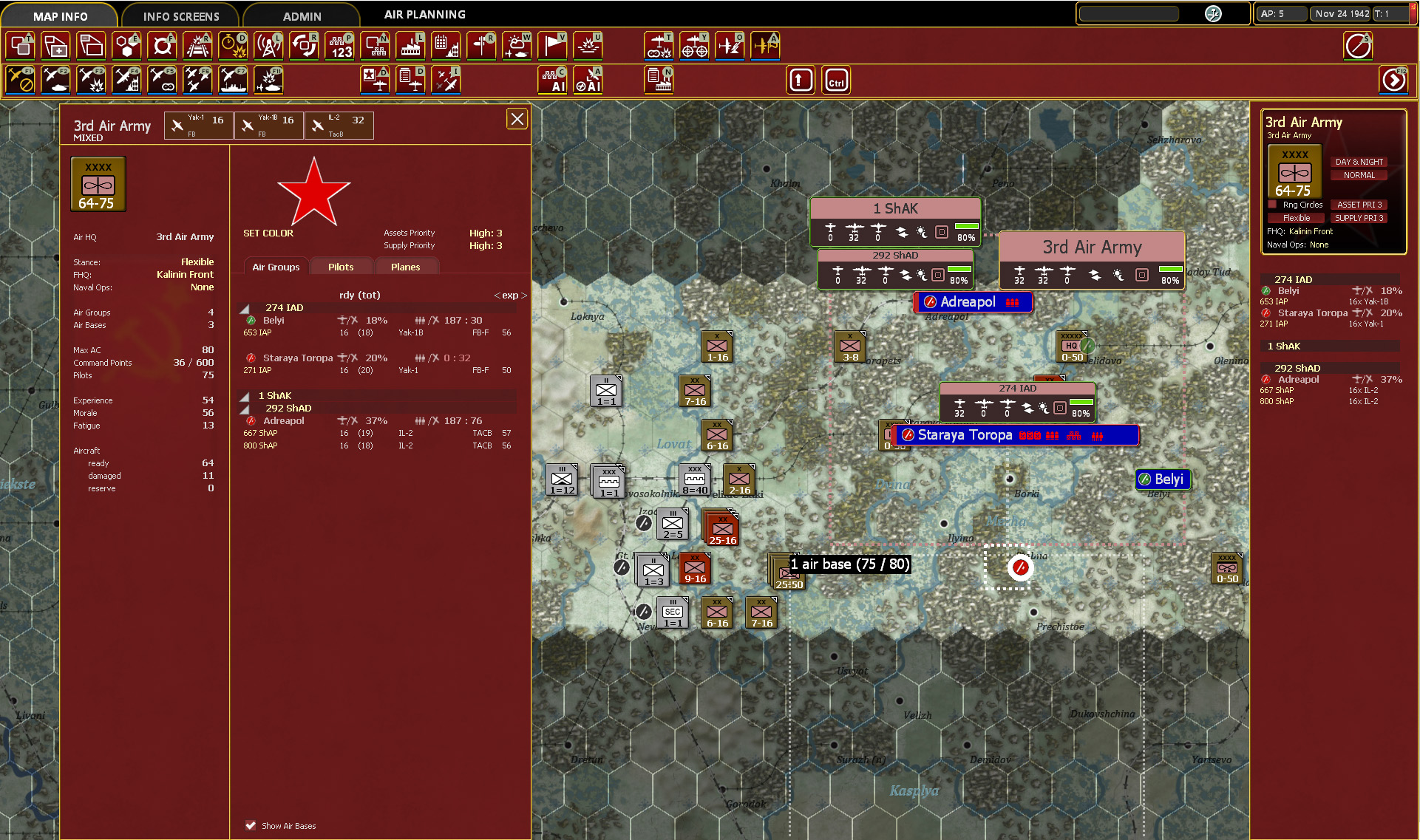
The manual is in pdf format and is well laid out and easy to read, even on a PC monitor. An initial look at the manual shows that this 520 page document (available to purchase in hard format) is progressive in its structure. I am no stranger to detailed manuals, being an “” player myself.
That rule book is more of a reference book than anything else, and just as I suspected, the manual for War in the East is at least partially a reference book. The manual starts the player out with an introductory chapter that details the layout of the manual in general. The player will read on how to set the game up for play that includes a walk-through of an introductory scenario. “Learn by doing” seems to be the idea here. That said, I jumped into the manual to read up to and including the walk-through scenario. These are my initial impressions.
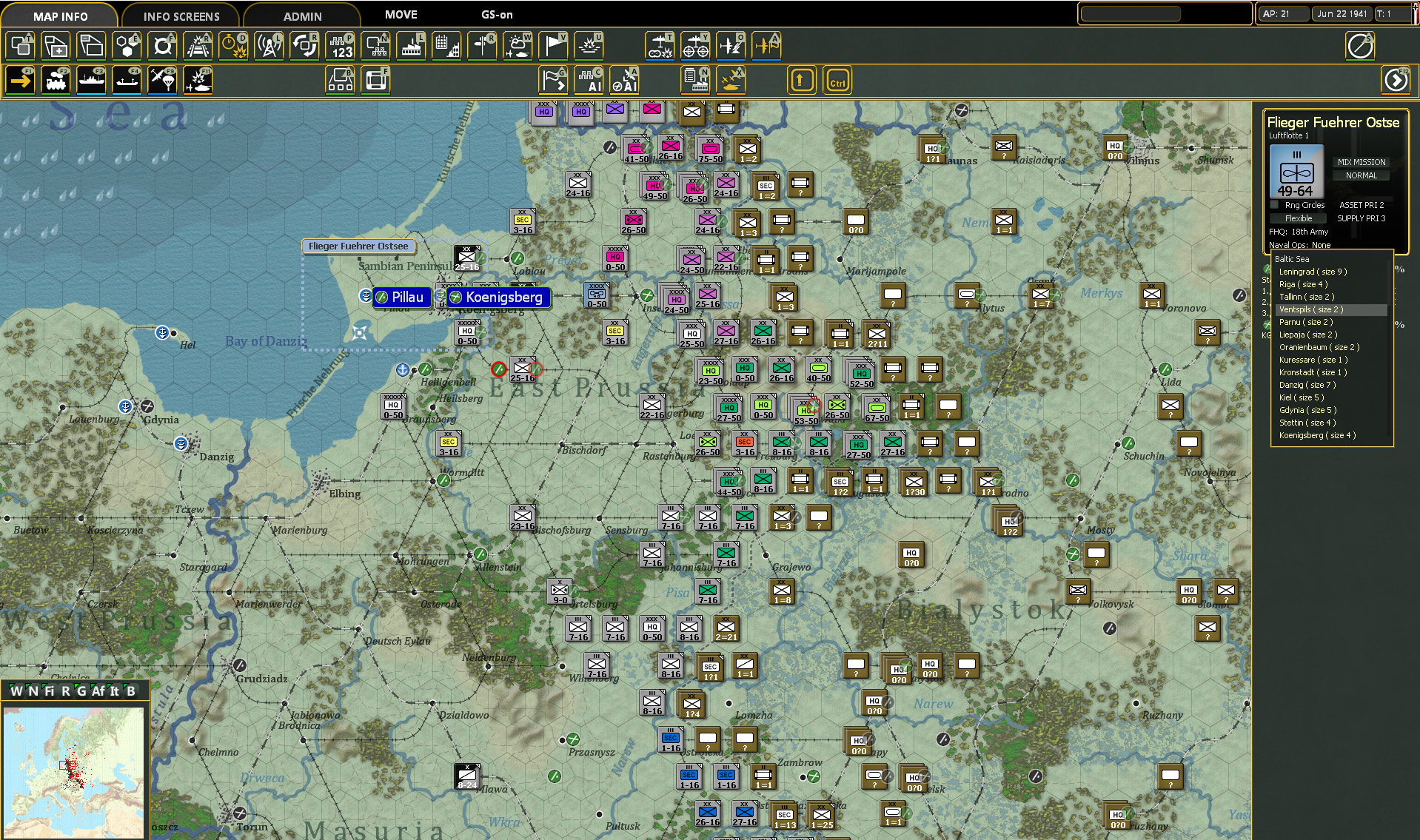
The first thing that the manual told me to do was to review the War in the East one-page guides. There are nine of them. As they state, these are for quick reference only and that the manual gets into the depth of the program. It didn’t take long for me to review these and they are all well-laid out. The sequence of play is laid out and there are some helpful suggestions, such as to have the Artificial Intelligence run many aspects of the game.
One example is the Air War. As the player, you establish asset priorities for various Army Headquarters (from 0 for no air support to 4 for top priority. As the guides state: if all are top priority then none of the Air Operational Groups – AOG are top priority). You can set the AOGs to follow a group HQ (important if conducting an offensive) and you can adjust its stance from hold to flexible as an example. What each of these means is laid out in brief on the one-page guide and amplified in the manual. There is sufficient information in the one-page guide to set up your AOGs. Of note, there is a one-page guide on manual control of your AOGs.
I chose to let the AI run with the air war and then focused on the conduct of ground operations. Before doing so, however, you have to press F12 to execute the Air Operations Directives. I played with this in the first day of the war and the German Luftwaffe conducted thousands of sorties, from bombing airfields to conducting recon missions. I had the fog of war turned off; however, with fog of war turned on, this would be a very valuable means of seeing what lies ahead of your forces.
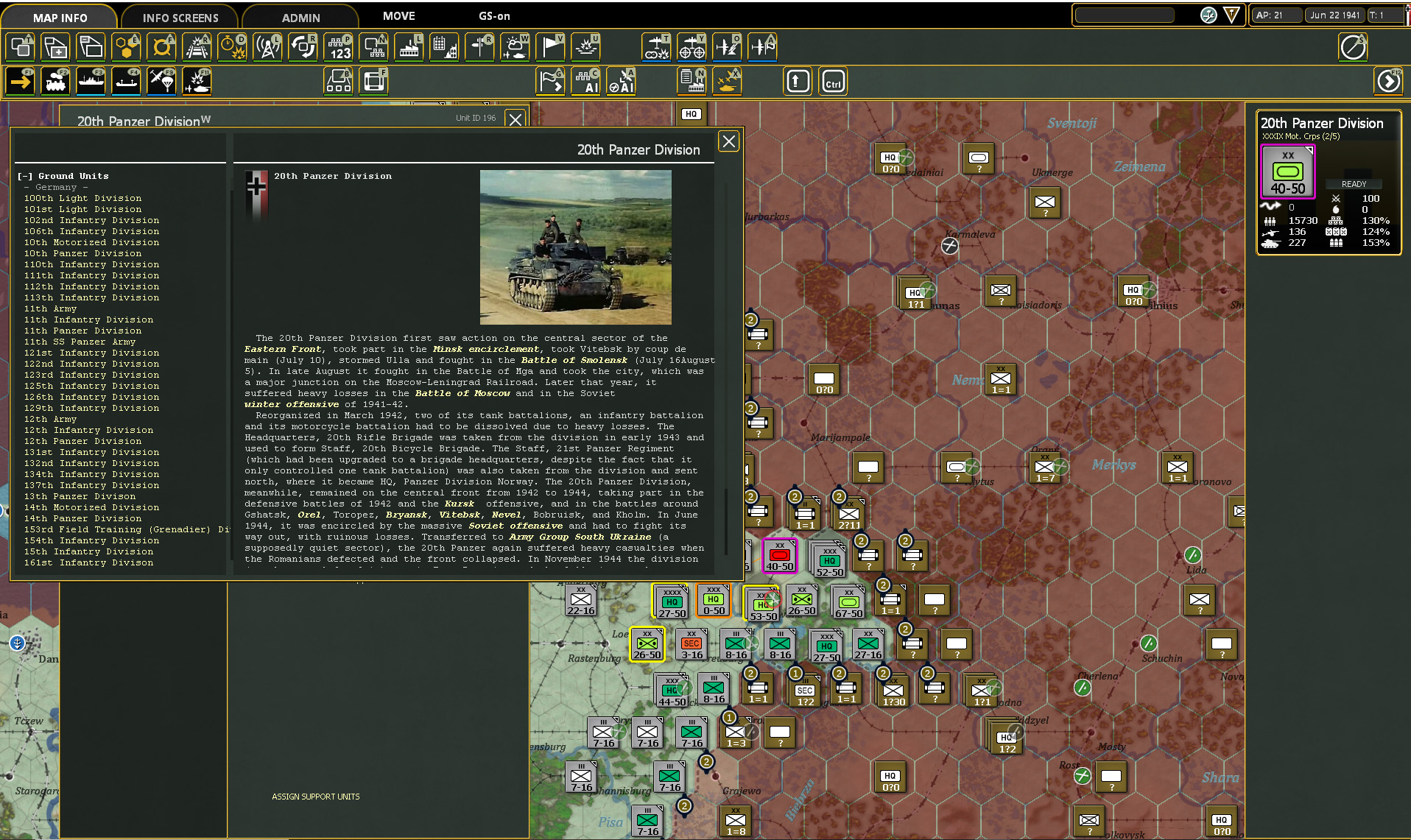
Let’s face it; for any grognard who has played any of the classic board games of the Eastern Front, nine pages of rules is practically nothing. It didn’t take me long to familiarize myself with the one-pagers as listed above, but I wanted a more focused approach to learning how to interact with the game. That said, I loaded up the initial tutorial scenario, Introductory Scenario 1 – Velikie Luki.
This scenario is based on part of Operation MARS, part of the Red Army’s attempt to reduce the Rhzev Salient around the same time that the German 6th Army was surrounded at Stalingrad. A very small portion of the map is used, the player is recommended to play as the Soviets and the following 25 or so pages of the manual walks the player through the first few turns. In it, one learns how to interact with the program and essentially conduct a combat operation on a limited scale. In a very short time, I was able to go from feeling overwhelmed to now feeling like I was somewhat confident in how to actually run a battle. I’m not ready to conduct the grand operation, but I was a step forward in that regard.
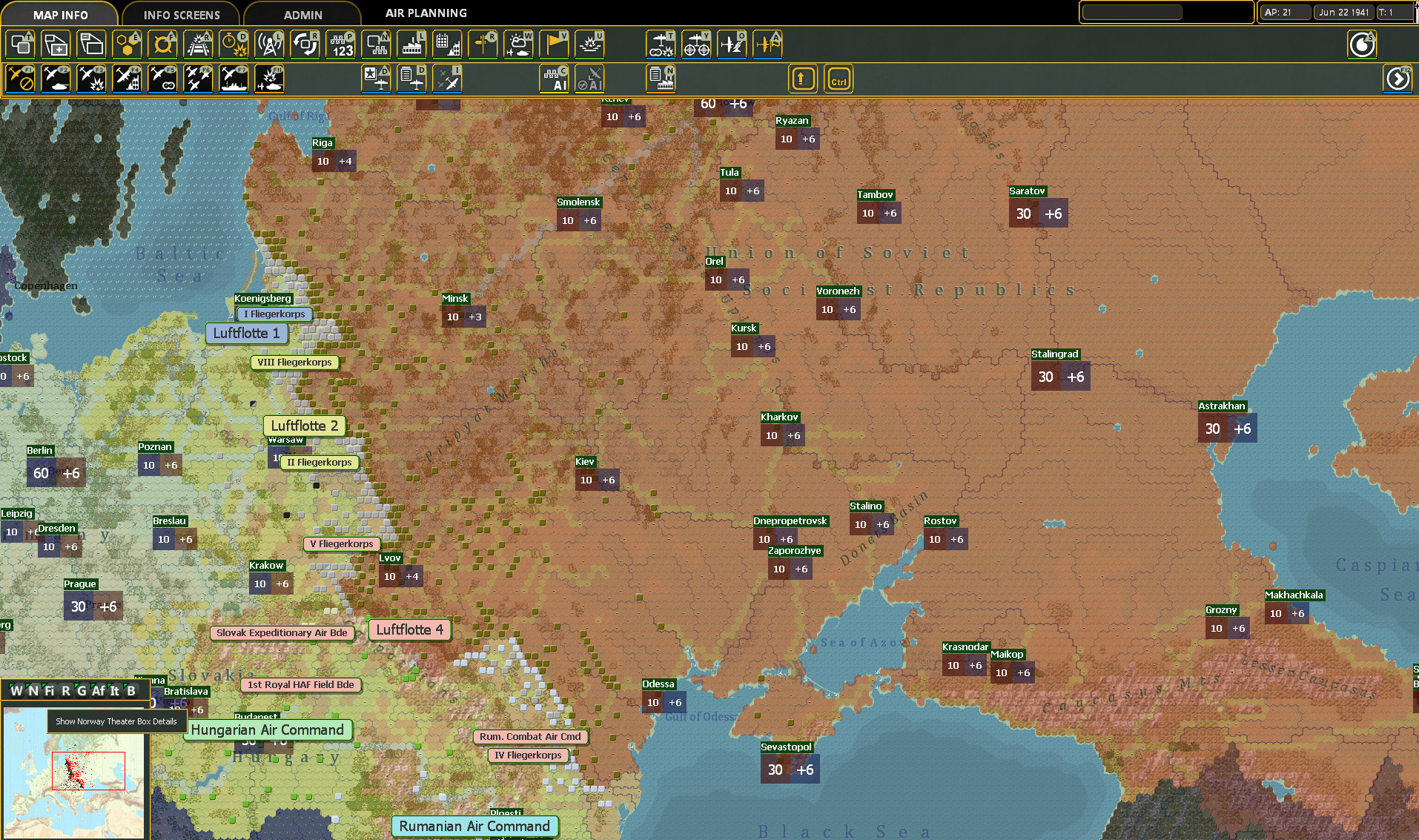
Now to put things in perspective, I have the unique experience of having planned the conduct of combat operations for a battlegroup in southern Afghanistan. To maneuver the sub-units around against a skillful enemy, I led a staff of around two dozen. For War in the East 2, the gamer will have no such staff and instead will have to issue the orders him or herself.
The beauty is that the player can choose how much to do. For me, I found myself comfortable setting priorities for the air forces and let them run their operations themselves, just as I did in Kandahar. In the game, during many attacks, I saw the Air Forces conduct their operations in support of land operations and for me that was just fine.
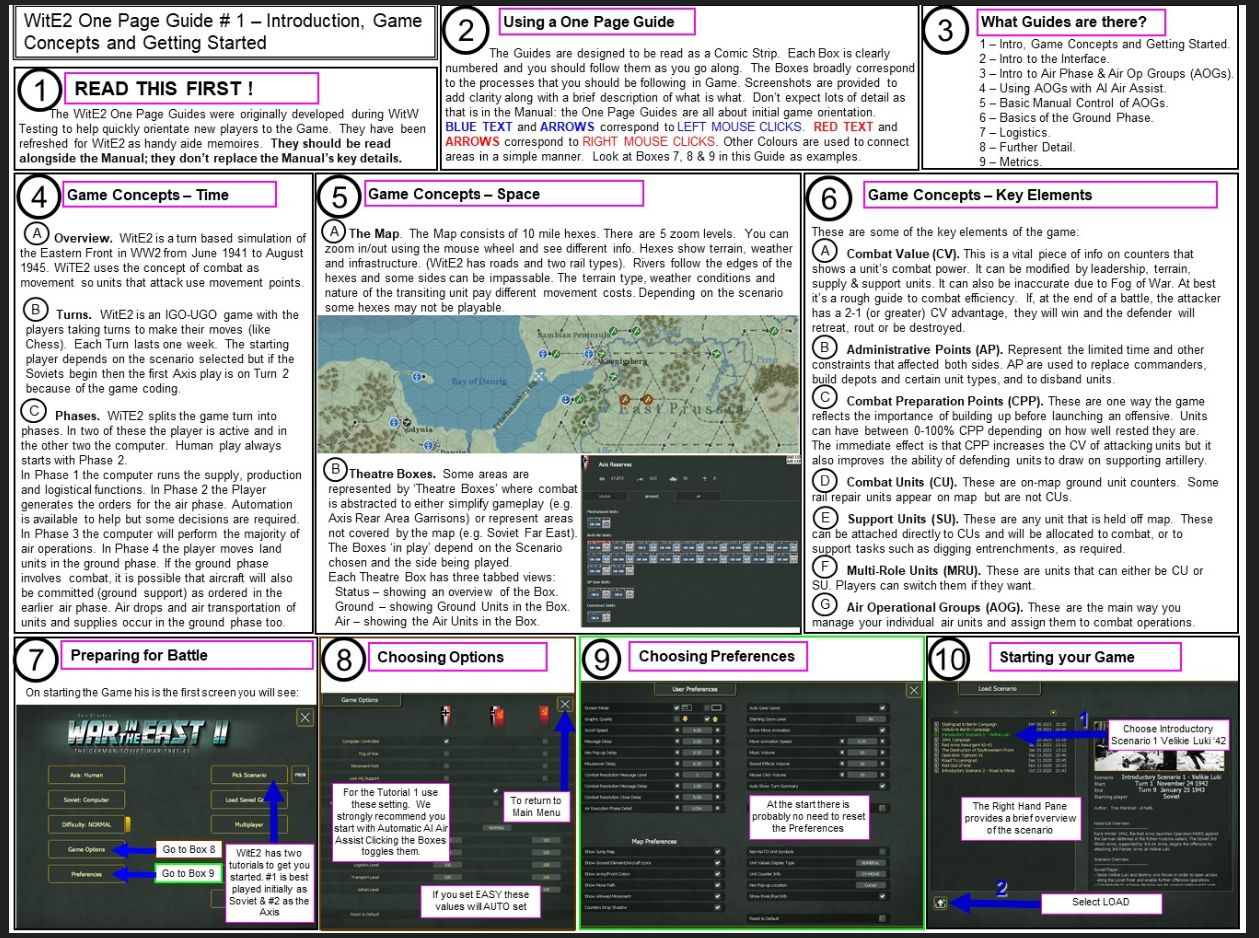
Now that I had gone through the initial tutorial, I have the option to do the next tutorial, Road to Minsk. I noted earlier that the rules are progressive in nature, and so are the tutorials. In this scenario, the player is recommended to take the Germans, for, as the manual says, “…the Soviets have little to do.” I had to smile at that, as I had played a campaign game of War in Russia as the Soviets way back when; it was painfully boring until maybe sometime in August when I was able to muster some forces to conduct some spoiling attacks.
For this scenario, the emphasis will expand from simple introduction to the interface to deeper planning and the importance of managing offensive combat at the operational level. Logistics will play a key role, and as we all know, logistics wins wars. Transportation routes are key to success and the best way to destroy an enemy is to cut him off from his logistical support.
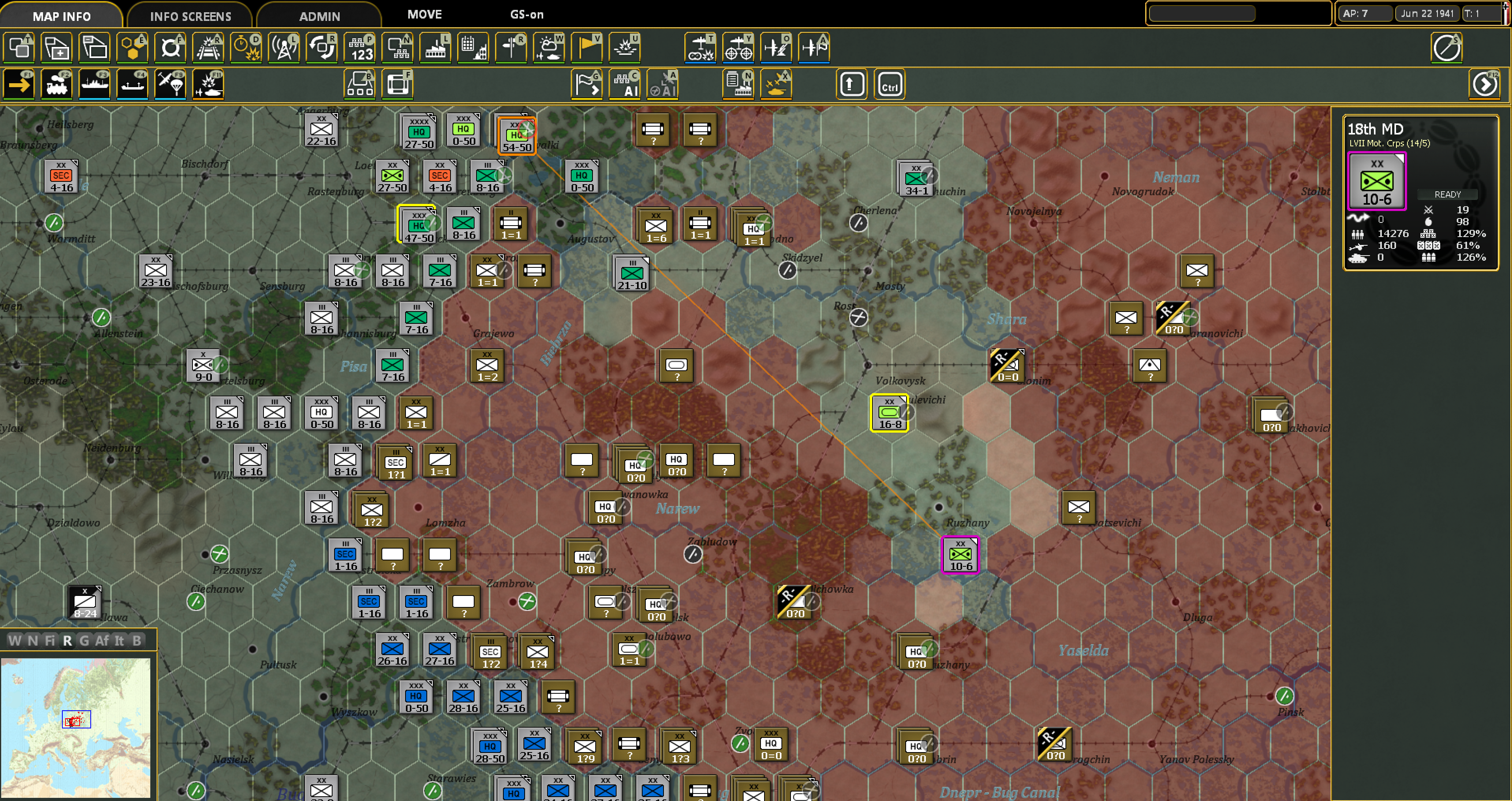
In terms of the game itself, it is clearly designed for the grognard at heart. The hexagons afford a certain familiarity, as well as to provide a sense of order to the game. The information portrayed by the various counters on the map will be familiar to anyone who has every played a hex-and-counter wargame before. The beauty of a computer game is that more information is literally a click away. Even hovering over a unit will show more information. All this to say that there is a great deal of information available at the touch of a button for any player.
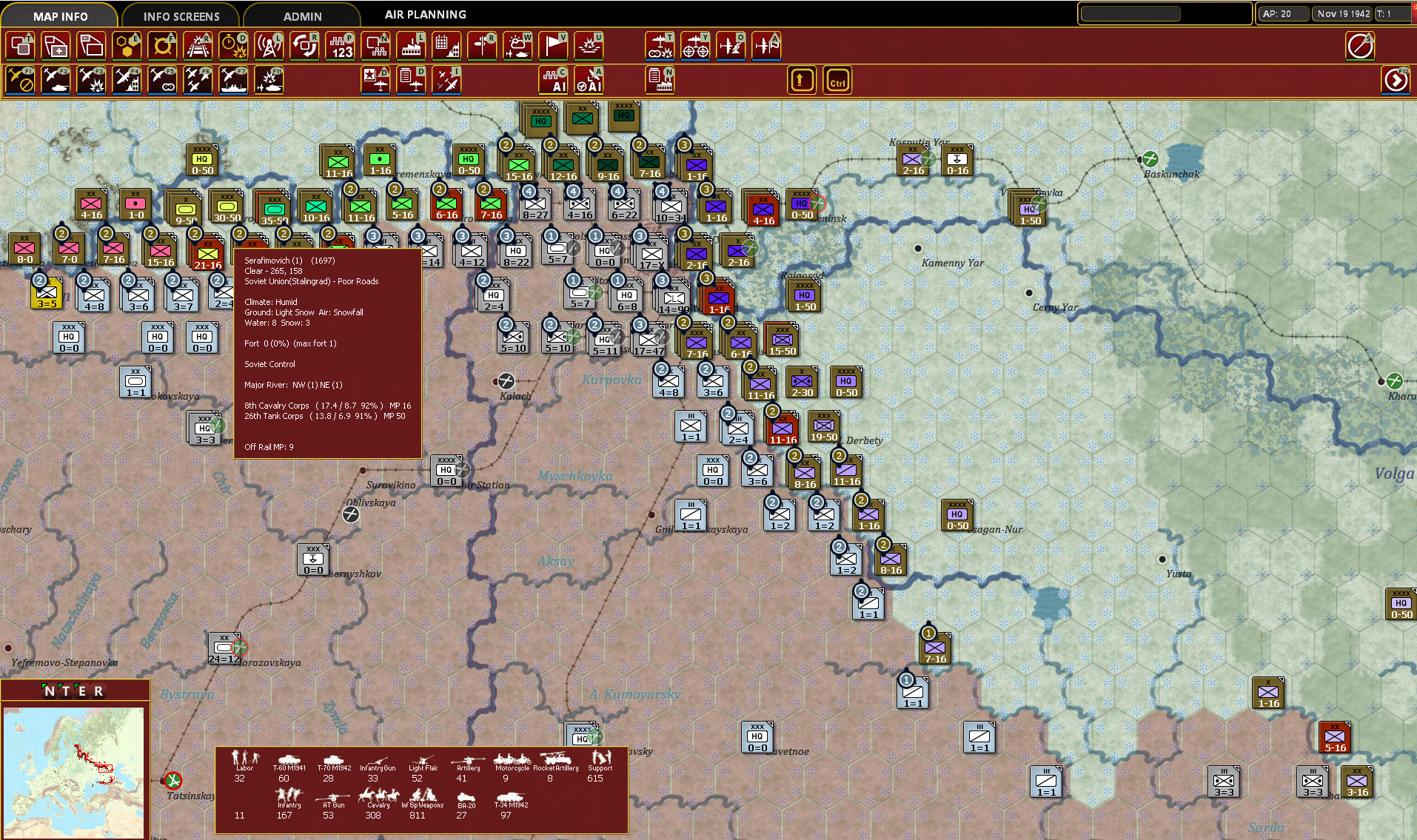
War in the East 2 is not for the “twitch” gamer, that is, someone who wants to log onto their computer and forget the real world to kill zombies or some such. Instead, this game is for the serious wargamer who wants a challenge that will take some time to achieve. Just as Rome wasn’t built in a day, neither will Russia be conquered in a few hours.
War in the East 2 rewards the gamer who wants to be faced with a challenge that will take much planning to achieve. This game doesn’t have a planning map; however, if it were up to me, I’d go to some printing outfit and get a wall-sized map. Know what you want to do, know what it means to win and then organize your forces to achieve that. Maybe you will want to put all your eggs in one basket and knock Moscow out of the war. You can do that in this game. Maybe you want the Germans to take Stalingrad so you can force the line back further north. Go ahead and find out what happens.
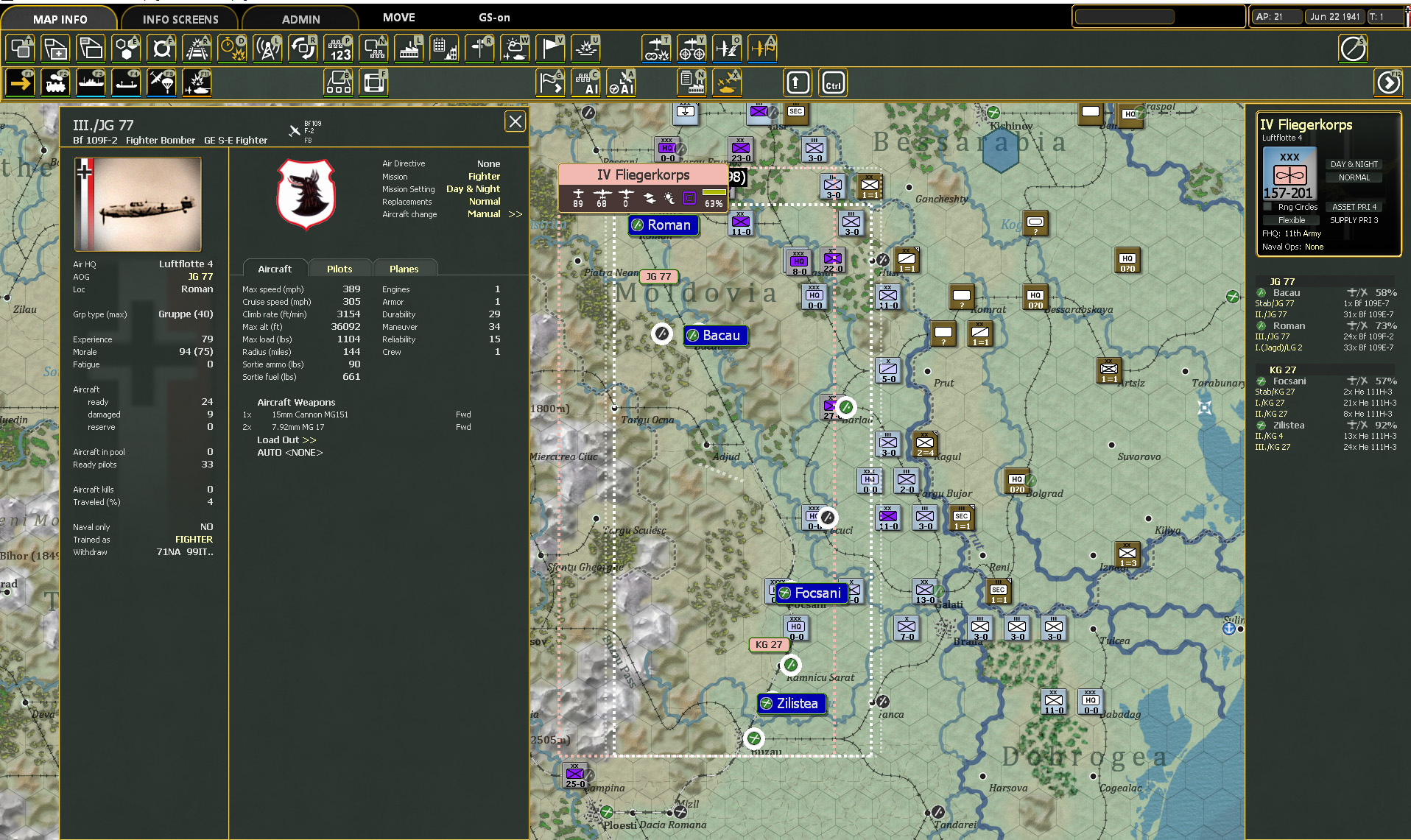
In conclusion, this game appeals to me on two major levels. First, it’s a wargame and as such, I can play against the AI or against another person (in person or via email) and get the thrill that wargamers seek. Second, as a planner, the game presents me the challenge of combat, be it as the German trying to knock the USSR out of the war or as the Soviet, seeking revenge on the Germans and beating the Western Allies to Berlin.
This game has it all. The rulebook offers the chance for the player to dig deep into the system to get the most out of it, and it does so without overwhelming you. The 9 one-page guides are a very good feature that allows the reluctant player to jump into the game without that feeling of dread. I would offer that they present just enough to pique the interest of the gamer and allows him or her to see the depth of the game without going too deep.
In short, if you would allow me to be so bold as to spend your money; buy this game. You won’t regret it!

